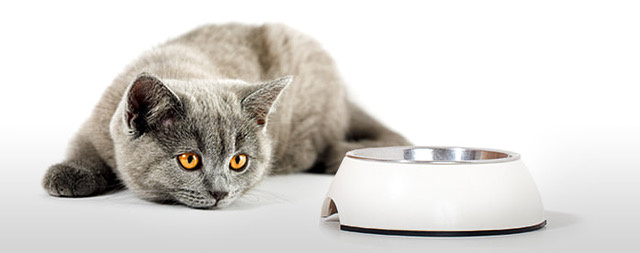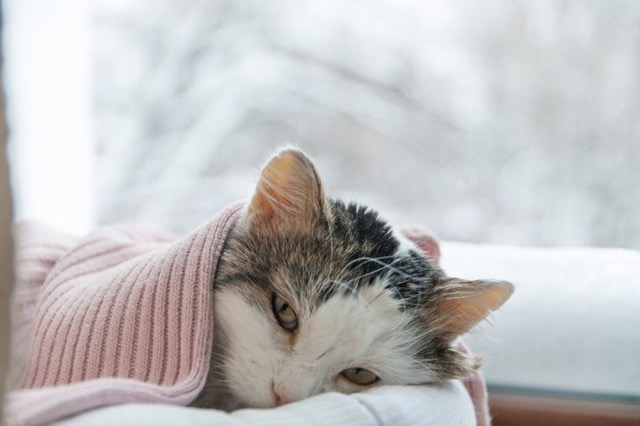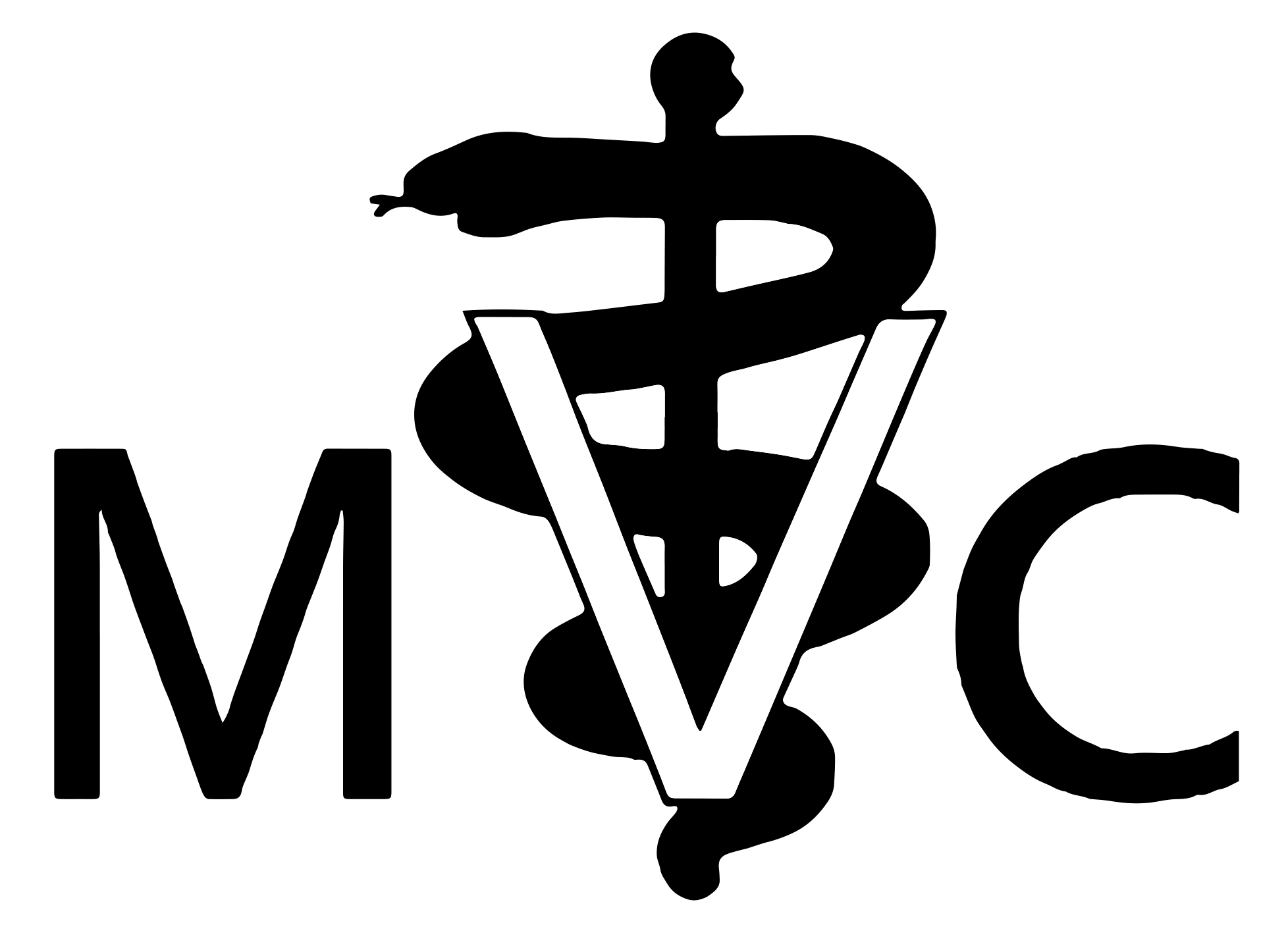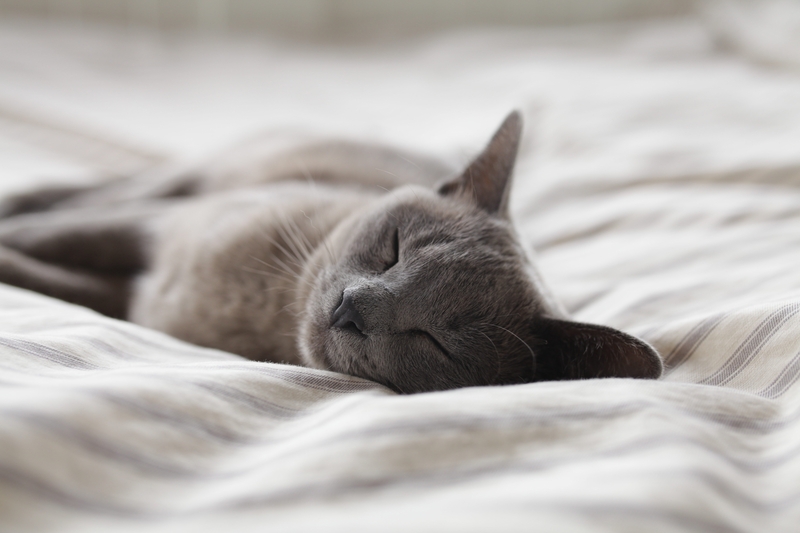There are many medical reasons for a cat to not want to eat. Some of these include chronic kidney disease, systemic infections, neoplasia, and severe dental disease. We encourage owners to be diligent and make sure your feline friend maintains it’s routine feeding schedule. If a cat does not eat for more than a few days, then it can develop a condition called hepatic lipidosis which is also known as fatty liver syndrome.

When an animal’s body needs energy in the absence of food, it will begin to break down and metabolize the fat that is stored in the body through the liver. Fat is a great source of energy for an animal, but felines are unique in that their bodies metabolize fat differently than other animals. When the liver in a cat’s body starts to use peripheral fat as the only source of energy, it will start to store the triglycerides in the liver. Eventually the liver’s cells will be replaced with fat cells and thus become a fatty liver.

Hepatic lipidosis can be a lethal liver disease, but the prognosis is good if this is diagnosed at an early stage. Treatment is usually aimed at treating the underlying cause associated with the lack of appetite and providing IV fluids, and sometimes force feeding or placement of a stomach tube to give proper nutrition for your pet. If treatment is successful, the cat will begin to start eating again and the liver cells will return to normal. This is why it is incredibly important for you, as an owner, to have your cat checked by a veterinarian if they do not eat for more than a few days. Remember: a starved cat makes the liver fat!
Dr. Edward G. Brauer III


Recent Comments